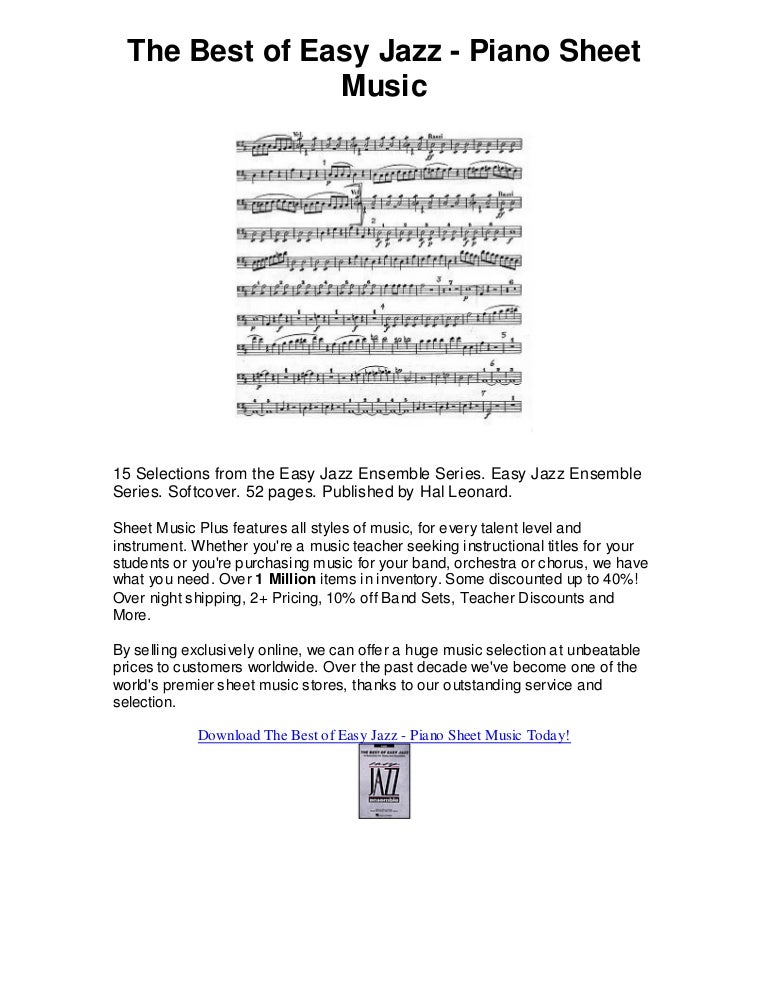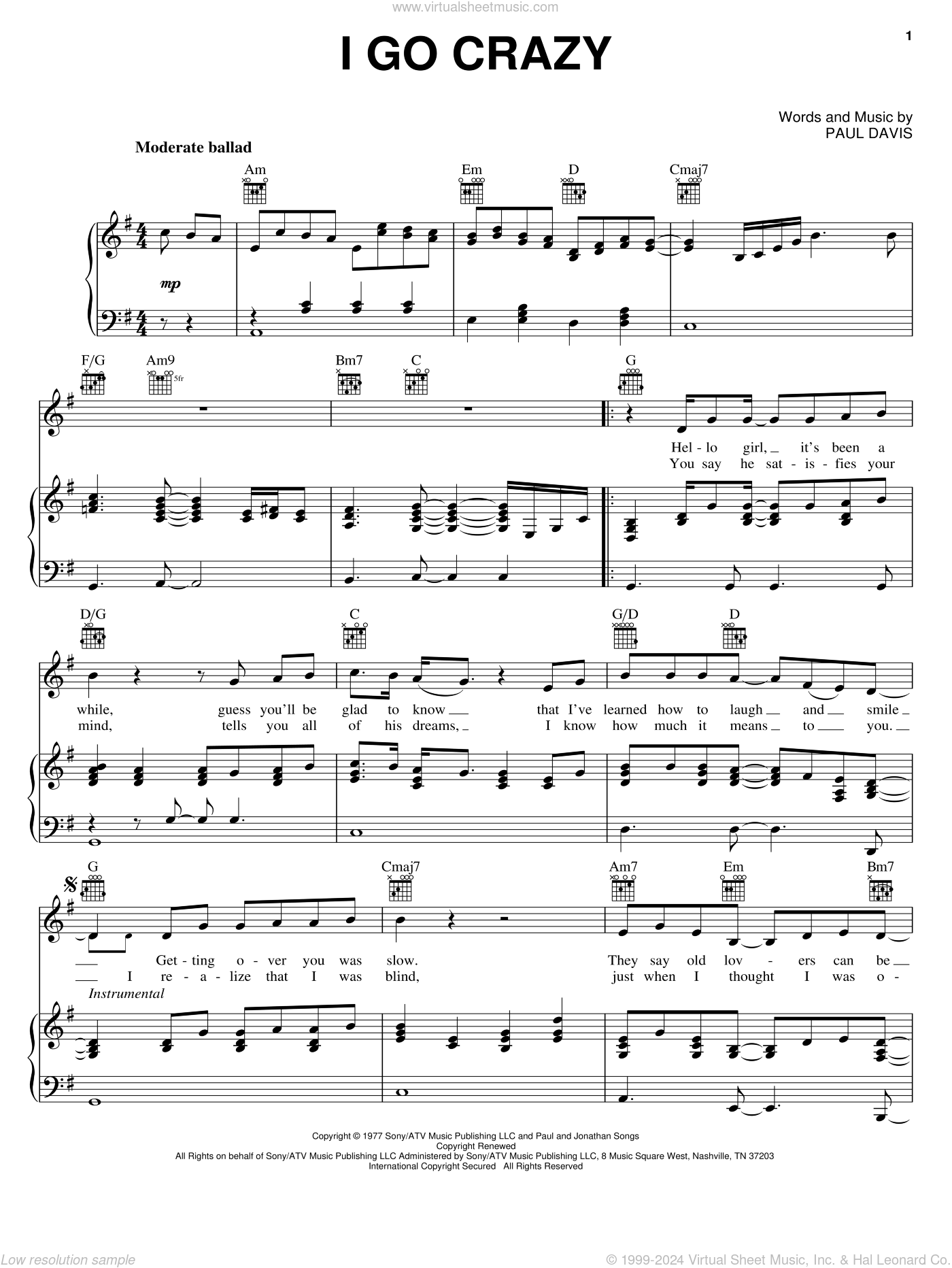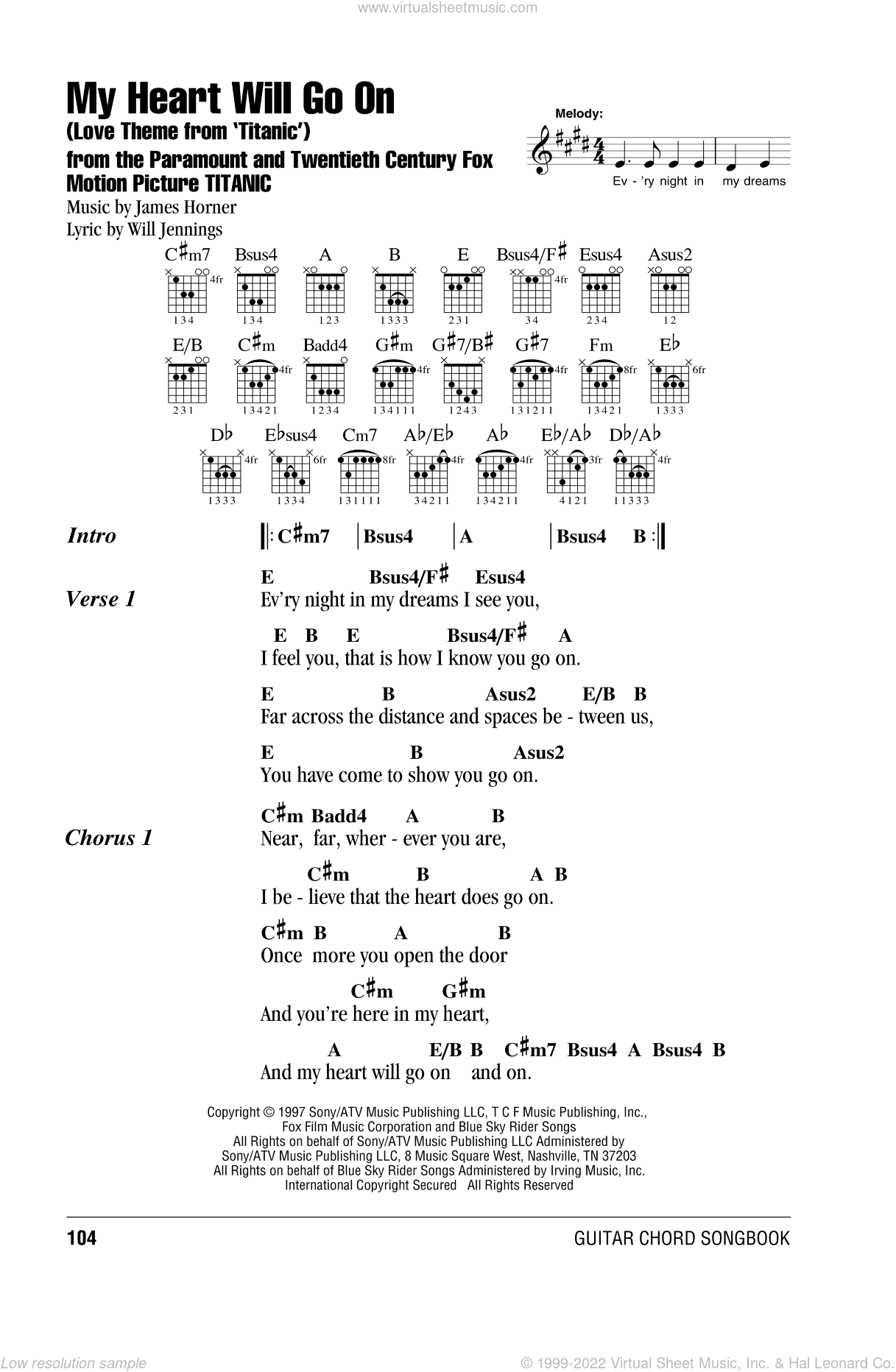
Today you’re going to learn about a jazz improv chord progression that you’ll be able to play within a week. If you’re a beginner, it’ll look hard initially, but once I break it down for you, you’ll see that it’s much easier to learn than you think.
In the video above, I demonstrate this easy jazz piano improvisation, and I’ll explain exactly how to get to that point in this blog post. There are four things we’ll go through:
- Left Hand Chord Progression
- Improvising With the Right Hand
- How to Learn it FAST
- My Top 5 “Money Patterns”
Let’s get into it!
Oct 14, 2019 Easy Jazz Piano Songs I hesitate to use the word ‘easy’ when describing any piece of music as it is entirely dependent on your level of skill whether a piece is ‘easy’ or not. Jazz is a genre of music that is understandably thought of as difficult, set aside for those musicians who perhaps have some mysterious capacity to interpret. Virtual piano chords and scales, alternate chord positions, voicings and modes. Find complex Jazz chords or simple triads easily.
- Go from jazz piano beginner to jazz piano pro! Learn how to play jazz piano today! Read this ultimate beginner jazz piano starter guide now. Gain confidence in your skills. Learn about jazz tunes, jazz scales, theory, how to practice, chords, licks and more.
- Alfred's Easy Piano Songs - Standards & Jazz: 50 Classics from the Great American Songbook. By Alfred Music Aug 1, 2016. 4.4 out of 5 stars 47. Paperback $19.99 $ 19. Get it as soon as Wed, Mar 3. FREE Shipping on orders over $25 shipped by Amazon. More Buying Choices $14.65 (20 used & new offers).
- Mar 24, 2021 Jazz piano songs come in all tempos, difficulties, and styles. In this article, we will look at the best Jazz piano songs for beginners. Jazz piano can be challenging. With this being said, there are still levels to it, and if you take it slow and work on the basics/easy songs, you can get off to a good start.
Left Hand Chord Progression
This seems complicated, but it’s much easier than it looks. The first step is to play an F major 7 chord. You’ll play an F, then you’ll simply skip a note, play a note, skip a note, play a note, skip a note, play a note. So, the sequence is:
F – A – C – E
This is your first chord.

For the second chord, all you do is move your thumb and index fingers down one note. Then, the next step is to move your pinky and ring finger down one note. After that, you’ll again move your thumb and index fingers down a note. Next, move your pinky and ring fingers down a note again. Take a look at the video to see exactly what I mean, but all we’re doing is alternating moving the top two fingers down a note with moving the bottom two fingers down a note. Now that we have the left hand chord progression for easy jazz piano, we’ll move on to right hand improvisation.
Improvising With the Right Hand
This is going to look difficult, but here’s the trick: If you use this chord progression, you can use any white note on the keyboard and it’s always going to sound good.
If you watch the video, you’ll see exactly what I mean. I play a variety of white notes with my right hand as I’m going through the left hand chord progression and they all sound good.

How to Learn it FAST
If you’re already advanced as a piano player you’ll probably pick this up in five minutes. If you’re a beginner, I promise you can learn this left hand part in less than 3 days if you follow the exact steps I’ll go through. I know this because I’ve taught lots of students and this is how long it typically takes.
Instead of playing the entire left hand chord progression I mentioned before, just play the first two notes. Repeat them 8 times. Then, we take the next two notes and practice them 8 times as well. Once you’ve gotten that down, we’re going to start over and play the first three notes 8 times.
Each time you practice, I want you to focus on accuracy. At this point I don’t care how fast you play it, I just want you to drill down the notes so you get the correct muscle memory.
Now, we’ll take the first four notes and practice them 8 times. After we get the first four notes, we’ll jump to the whole progression.
Again, if you’re a complete beginner, you might have to go through this entire progression three days in a row before it gets completely drilled in.
Once you have the left hand down, you want to start adding the right hand. Of course, you don’t want to start with a super complicated right hand and have it be confusing or overwhelming for you. Start your right hand with just one note, C.
You’ll play the progression with your left hand while your right hand is playing just one note. Next, you’ll start playing different notes with your right hand, but still just one note at a time. You’ll practice this until it becomes second nature and then you can add two notes at a time. At this point, once you have all of that down, you can start improvising. Next, I’ll show you a few of my favorite money patterns, but make sure you have this part down first.
My Top 5 “Money Patterns”
The first money pattern involves using a blues note. For this, you’ll play E flat on the keyboard. When you play this note, it’ll give it a very “Blues-y” feel. You hear how this sounds my video demonstration. What you don’t want to do is spam the blues note, playing it way too frequently. That’ll just be too much. By the way, my favorite is to go E flat and then play D, C. Try it out.
For the next money pattern you’ll use sixths. This is another thing that looks really impressive, but is super easy to play. All you do is take a C to an A, that’s a sixth, and if you keep your hand position, use that muscle memory, you can take that hand position and play it on any white notes and it’ll sound good. This gives the song a very loungy or jazz feel to it.
The third money pattern is seventh chord rolls. All you do is take a seventh chord, like we did with the left hand, and do the same with our right hand, just adding a roll to it. So, instead of playing it as a chord, you roll it. Again, the video will help demonstrate this visually if you’d like to see it. To practice this, it’s almost like you’re playing it as a chord, but rolling your wrist to be able to roll the notes. The best place to add these is at the end of a phrase.
The fourth little trick I call “octave transpositions.” For this, you play any riff, any three to five note pattern, and then you play it up an octave and then up another octave. This gives a little sparkle to the song.
The fifth pattern is what I call “three note drops.” All you do is take three notes, play them descending, then you take the next three notes, one down, and play them descending, and continue on. This gives it a cascading feel and you can use this with any rhythm.
Want to learn more? I provide additional tips, tactics, and strategies in my free course, Become a Piano Superhuman.
Jazz Piano Lessons
Easy Jazz Piano Tutorial Youtube
Each of the below Jazz Piano Lessons introduces a particular concept found in Jazz. As well as explaining the underlying idea, I give examples of how the theory applies in practice. The lessons are further subdivided into modules covering specific aspects of Jazz. While they assume a minimal level of music theory and technical knowledge, they presume you know literally NOTHING about Jazz. As such, they start from a beginner level and gradually build up towards more advanced topics. These Jazz Piano Lessons cover everything you need to know to appreciate and play Jazz. By the end of these tutorials you should have a solid understanding of Jazz, and (with enough practice) be able to competently improvise and 'comp over any Jazz song.
Please also note that this website is a perennial work-in-progress. I will continue to add more Jazz Piano Lessons in the future to cover more topics and concepts. Enjoy!
Before diving into each Jazz concept in detail, I recommend watching the overview videos and downloading the PDF on the right to get a broad and contextualised understanding of the ideas we will soon be exploring.
The Basics |
|---|
| Overview |
| Scales |
| Modes |
| Chords & Intervals |
| Keys |
| Harmony |
| Swing vs Straight |
| Beginner Jazz Tips |
| Jazz for Beginners |
| Practicing Jazz |
| Sheet Music |
Jazz Chords |
|---|
| Intro to Jazz |
| Extensions & Alterations |
| Available Tensions |
| Shell Chords |
| Chord Substitution |
| Passing Chords |
| Secondary Chords |
| Borrowed Chords |
| Suspended Chords |
| Phrygian Chords |
| Slash Chords |
| Harmonic Rhythm |
| Polychords |
| Modulation |
Jazz Scales |
|---|
| Chord-Scale System |
| Scales over Chords |
| Melodic Minor Modes |
| Bebop Scales |
| Wholetone Scale |
| Diminished Scale |
| Pentatonic Scale |
| Augmented Scale |
| Minor Scales |
| Selecting Scales |
| Tritone Sub. & Scales |
| Counting Scales |
| Synthetic Scales |
Jazz Improvisation |
|---|
| Creating Tension |
| Playing Inside |
| Guide Tones |
| Embellishing the Melody |
| Avoid Notes |
| Dissonant Intervals |
| Passing Notes |
| Side-Slipping |
| Cycled Patterns |
| Symmetrical Scales |
| Cliches & Quoting |
| Displacing the Melody |
| Improvisation Tips |
| Chord Mapping |
| Improvisational Approaches |
| Sheets of Sound |
| Superimposition |
| Mistakes |
| Build an Improvisation |
| ii-V7-I Licks & Exercises |
| Analyse a Jazz Solo |
| Chordal Improvisation |
| Improvisation Exercises |
| Improvisation Stages |
| Rhythm & Articulation |
| Octave Displacement |
Jazz Chord Voicings |
|---|
| Rootless Voicings |
| Monk Voicings |
| Powell Voicings |
| Three Note Voicings |
| Open Voicings |
| So What Chord |
| Barron Chord |
| Hancock Chord |
| Quartal Voicings |
| Upper Structures |
| Locked Hands |
| Advanced Locked Hands |
| Combining Chord Voicings |
| Chord Voicing Rules |
| How to Comp |
| Walking Bass-lines |
| Minimum Requirements |
| Jam Sessions |
| Tone Clusters |
| How to Play Jazz Piano |
| Comp for a Vocalist |
| When to Use Voicings |
| Stride Piano |
Jazz Chord Progressions |
|---|
| Common Chord Progressions |
| Circle of Fifths |
| Minor II-V-I |
| Rhythm Changes |
| Coltrane Changes |
| Harmonic Functionality |
| Bird Changes |
| Line Cliches |
| Constant Structures |
| Polytonality |
| Lead Sheets |
| Contrafacts |
| Voice Leading |
| Harmonic Analysis |
| Contiguous ii-V's |
| Disguised Chords |
Jazz Reharmonization |
|---|
| Make a song 'Jazzy' |
| Reharmonization |
| Changing the meter |
| Tonal to Modal |
| Composition |
| ii-V Substitution |
| Gospel Reharmonization |
| Changing Genre |
Easy Jazz Piano Solo
Modern Jazz Theory |
|---|
| Jazz Theory Overview |
| Tonal vs Modal |
| Lydian Chromatic Concept |
| Modal Jazz |
| Pandiatonicism |
| Free Jazz |
| Post-bop |
| Circular Songs |
| Suppressing the Chords |
| Time, No Changes |
| Pedal Point Harmony |
| Atonality |
| Musical Systems |
| Balance |
| Modern Jazz Summary |
Jazz Genres |
|---|
| Early vs Modern Jazz Piano |
| Blues Piano |
| Swing Music |
| Bebop |
| Cool Jazz |
| Hard Bop |
| Afro-Cuban Jazz |
| Bossa Nova |
| Modal Jazz |
| Free Jazz |
| Post-bop |
| Fusion |
| Smooth Jazz |
| Gospel-Jazz |
| Jazz Blues |
| How to Listen to Jazz |
Upon finishing the above modules, you should be capable of analysing, appreciating, and (with a bit of practice) playing any Jazz song you come across. You should be able to (again, with a bit of practice) reharmonise and apply jazzy chord voicings to any song to create a smooth and professional performance (whether solo or group). You should (hopefully) be comfortable with the underlying Jazz Theory, know a few Jazz Standards, and be able to recognise each of the major Jazz Genres.
In a sense, this has so far been the easy part. The hard part is now up to you. Understanding Jazz is one thing, but to play it flawlessly takes hours, days, weeks, months, years and even decades of arduous, repetitive and monotonous practice (at a nice slow speed with a metronome!). So...over to you. Good Luck!
Easy Jazz Piano Sheet Music
If you've found these lessons helpful and enjoyable, please consider donating. Oh, and if there's a particular concept that you would like explained that is not covered here, please feel free to ask.